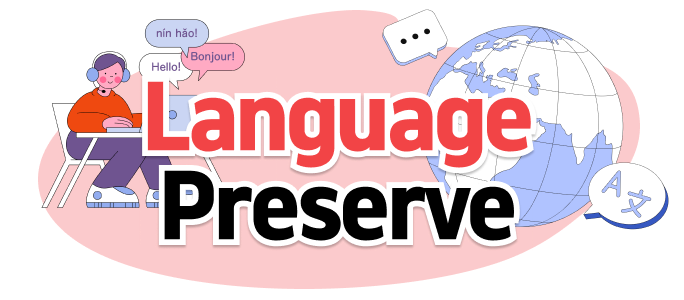Irish Language: An Endangered Gem
St. Patrick's Day, celebrated globally every March 17th, is synonymous with all things Irish — from food and music to cultural heritage. However, amid the festivity and the celebration of Irish culture, one significant aspect remains at risk: the Irish language, also known as Gaeilge or Irish Gaelic. UNESCO has classified it as an "endangered" language, with estimates suggesting that only 20,000 to 40,000 fluent speakers remain worldwide. Despite this, there's a budding resurgence in language learning, thanks to modern technology and cultural shifts.
The Rise in Irish Learners
In recent years, language apps such as Rosetta Stone have recorded a significant increase in people learning Irish. Specifically, there has been a 200% rise in the UK alone. The surge began around February 2022, suggesting a renewed interest among UK residents with Irish ancestry in reconnecting with their linguistic roots. Language apps serve as an accessible medium for learners to begin their journey, contributing to this new wave of interest in preserving and revitalizing endangered languages like Irish.
Jumpstarting Your Irish Language Learning
Interest piqued? If you find yourself inspired by the celebration of Irish culture and keen to dive into learning Irish, here are effective methods to get you started on this linguistic journey.
Leveraging Language Apps
The digital era has brought forth a plethora of language apps that make learning more flexible and integrated into daily life. Whether you're seeking a free app or willing to invest in premium services, options abound. Rosetta Stone, for example, offers a rich, immersive platform to study Irish, with plans starting at £14.95 per month for a single-language access. Their interface is designed to simulate full-language immersion, often cited as the most effective method for language acquisition.
Beyond Rosetta Stone, other apps like Duolingo, Ling, and Irish Gaelic by Nemo offer unique tools and techniques such as gamified lessons and social learning functionalities to engage users in their linguistic pursuits. These platforms can also integrate elements like podcasts, expert tutors, and even AI features to make learning more interactive and less daunting.
Immersing Through Irish Media
Another effective strategy for language acquisition is immersion through media. Rosetta Stone has observed that the rise in language learners coincided with cultural movements that brought Irish into popular music and media. For instance, the Northern Ireland-based group Kneecap has integrated the language into contemporary music genres like hip-hop, bringing it closer to younger generations.
Listening to Irish music, watching films and television, or following Irish-speaking social media influencers can naturally enhance one’s learning experience. Immersion helps with understanding pronunciation, context, and usage—key aspects of becoming fluent in any language.
Enrolling in In-Person Classes
To bridge the gap between digital learning and real-life practice, in-person classes are invaluable. Speaking and listening are crucial skills that benefit from face-to-face interactions, and with a substantial Irish diaspora in Great Britain, many major cities offer Irish language courses. A simple online search can help locate a class nearby.
If you prefer an immersive cultural experience, consider a trip to Ireland. Dublin City Council has been investing in Irish language attractions, from history walking tours to traditional music classes, providing numerous opportunities to practice the language in its authentic setting.
Embrace a New Language Journey
Learning a new language is a journey enriched by cultural connection and personal growth. The revival of interest in Irish highlights a broader trend where technology and cultural pride coalesce to keep endangered languages alive. As new generations embark on these linguistic adventures, they partake in preserving heritage, fostering understanding, and celebrating the intricacies of language that underpin cultural identity.
출처 : Original Source

